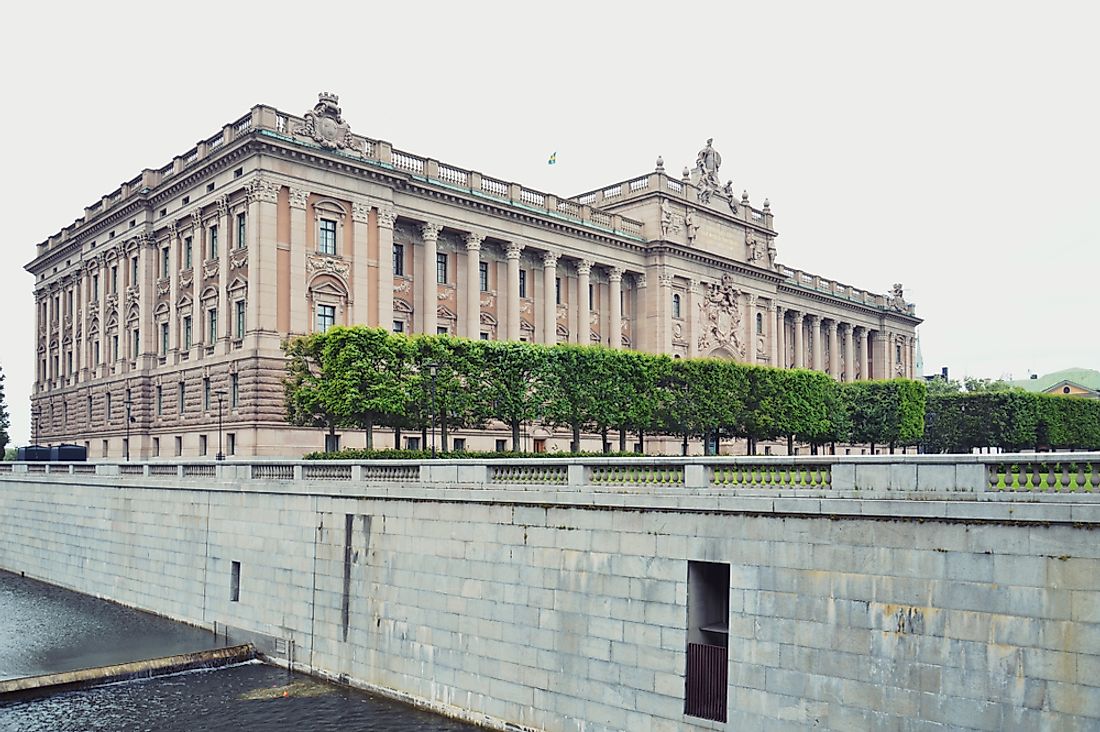Is Sweden A Country?

A country is a national entity with internationally recognized territories and boundaries. A state has sovereignty, and no other country has power over its territory. It has its own government which is headed by either a monarch like Sweden or a prime minister/president. States have permanent residents who share the same history, religion, language and culture.
Why Is Sweden Considered To Be A Country?
Sweden is a Scandinavian nation that occupies an area of about 173,869 sq miles. It is bordered by Finland to the eastern side and Norway to the north and west. Sweden is linked to Denmark through the bridge-tunnel across a strait known as Oresund. It is the third largest state in the EU region. Sweden is a parliamentary democracy and constitutional monarchy state which is headed by King Carl XVI. The government led by the prime minister exercises the executive powers. The legislative authority is bestowed on the 349 member Riksdag (the Swedish national legislature).
Location Of Sweden
Sweden together with Norway and Denmark are in the Scandinavian region which is in the northern parts of Europe. Scandinavia has some strong linguistic, cultural and historical ties. Sweden is on the western sides of the Gulf of Bothnia and the Baltic Sea. It shares a maritime boundary with Estonia, Lithuania, Latvia, Poland, Russia, Germany and Denmark. The Sweden-Norway border is the longest uninterrupted boundary in Europe.
History Of Sweden
The independent state of Sweden emerged during the twelfth century. The Hanseatic League became a threat to the Scandinavia’s languages, finances and cultures after the Black Death of the mid-fourteenth century which resulted in the death of over 33.3% of the people of Scandinavia. The Scandinavian states merged in 1397 to form the Kalmar Union. Sweden exited the Union of Kalmaris in 1523, before taking part in the Thirty-Years War. They started expanding their territories and eventually established the Swedish empire.
The Swedish empire was the most powerful kingdom in the world until the eighteenth century. Sweden lost all its territories outside the Scandinavia during the eighteenth and nineteenth centuries. Russia annexed Finland in 1809, and the last war they took part in was the 1814 war between them and Norway. The region was neutral in both world wars and even the cold war.
Population And Language
Sweden has over 10,142,686 residents and a population density of about 58.2people per square mile. Over 31.5% of the residents of Sweden were of foreign origin as at 2017. Some of the foreigners are from Somalia (0.66%), Iran (0.73%), Iraq (1.39%), Poland (0.90%), Finland (1.49%), and Syria (1.7%) among others. The official language of Sweden is Swedish.
The Largest Cities In Sweden
Stockholm (the Swedish capital city) is the largest city with over 2.3 million people in the metropolitan area, and 1.5 million in the urban region. More than 952,058 persons reside in the Stockholm municipality. Stockholm is made up of fourteen islands. Gothenburg is the fifth-largest in the Nordic states and the second largest city in Sweden. Gothenburg has over a million residents in the metropolitan region and 570,000 in the city center. The sixth-biggest city in the Scandinavia and the third in the country is Malmo. Malmo has 300,000 residents. The Malmo-metropolitan area has over 700,000inhabitants.











